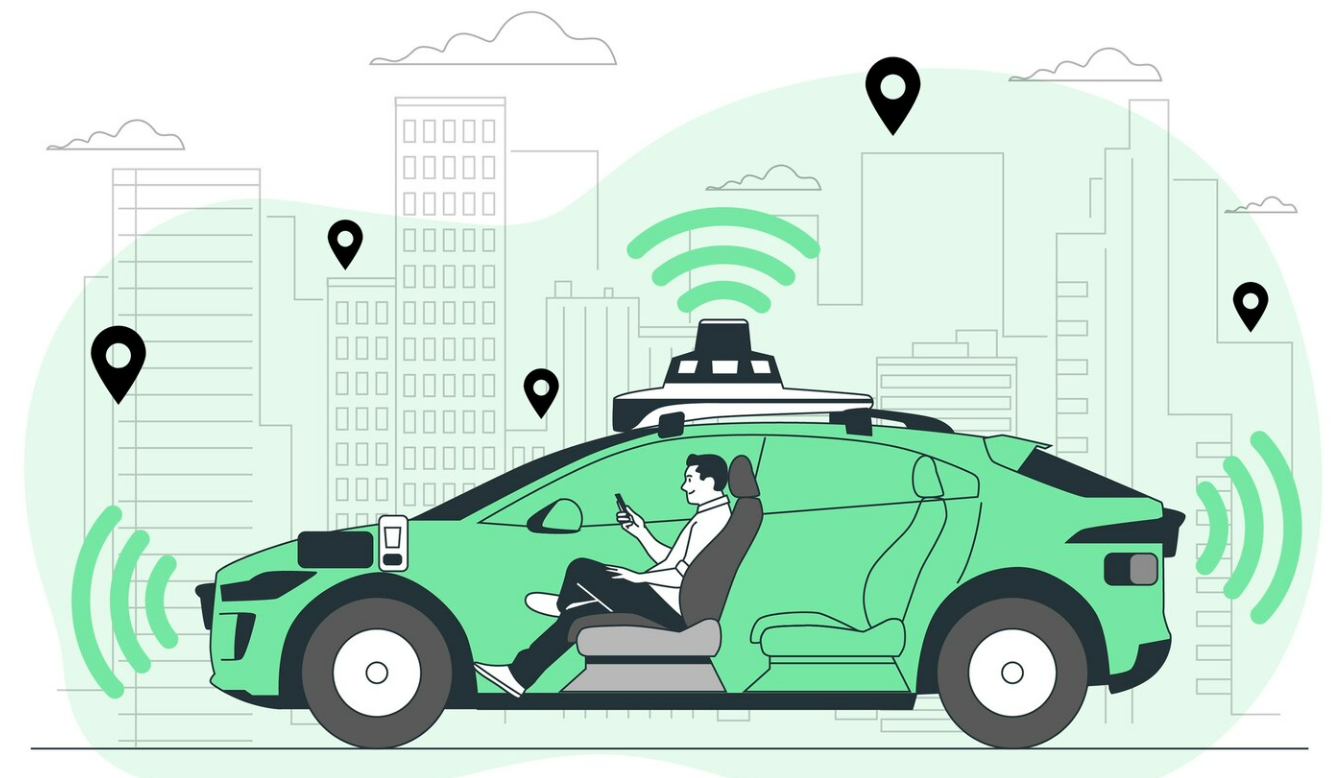The Rise of Autonomous Vehicles: Implications for Ride-Sharing
**The Future of Ride-Sharing: How Technology is Reshaping Transportation Services**
The advent of autonomous vehicles (AVs) is poised to revolutionize the ride-sharing industry, transforming the way we move around our cities and beyond. As technology continues to advance, AVs are becoming increasingly sophisticated, paving the way for a future where ride-sharing services are safer, more efficient, and more accessible than ever before.
One of the most significant implications of AVs for ride-sharing is the potential for increased safety. Human error is a major contributing factor to traffic accidents, and AVs eliminate this risk by relying on advanced sensors, cameras, and artificial intelligence to navigate the roads. This could lead to a dramatic reduction in accidents, injuries, and fatalities, making ride-sharing a safer option for both passengers and drivers.
Furthermore, AVs offer the potential for greater efficiency in ride-sharing operations. By eliminating the need for human drivers, ride-sharing companies can reduce their operating costs and pass on the savings to consumers. This could make ride-sharing more affordable and accessible for a wider range of people, particularly those in underserved communities.
Additionally, AVs can improve the overall user experience for ride-sharing passengers. Without the need to focus on driving, passengers can relax, work, or engage in other activities during their ride. This enhanced convenience and productivity could make ride-sharing a more attractive option for commuters and travelers alike.
However, the integration of AVs into ride-sharing services also presents challenges that need to be addressed. One concern is the potential impact on employment, as AVs could displace human drivers. To mitigate this, ride-sharing companies and policymakers must work together to create new job opportunities and support displaced workers.
Another challenge is the need for robust regulatory frameworks to ensure the safe and responsible deployment of AVs. Governments must establish clear guidelines for testing, certification, and operation of AVs to minimize risks and foster public trust.
Despite these challenges, the future of ride-sharing with AVs holds immense promise. As technology continues to evolve, AVs will become more capable and affordable, enabling ride-sharing companies to offer safer, more efficient, and more accessible transportation services. This transformation will not only benefit consumers but also contribute to a more sustainable and equitable transportation system for all.
Data-Driven Optimization: Enhancing Efficiency and Personalization
**The Future of Ride-Sharing: Data-Driven Optimization for Enhanced Efficiency and Personalization**
The ride-sharing industry is undergoing a transformative shift, driven by the advent of advanced technologies. Data-driven optimization is emerging as a key enabler, empowering ride-sharing platforms to enhance efficiency, personalize experiences, and redefine the future of transportation services.
One of the most significant applications of data-driven optimization is in demand prediction. By analyzing historical data and real-time information, ride-sharing platforms can accurately forecast demand patterns. This enables them to optimize vehicle allocation, ensuring that there are always enough drivers available to meet demand while minimizing wait times for passengers.
Moreover, data-driven optimization allows for personalized pricing. By considering factors such as time of day, location, and passenger preferences, ride-sharing platforms can tailor prices to individual riders. This not only enhances affordability but also ensures that drivers are fairly compensated for their services.
Furthermore, data-driven optimization plays a crucial role in route optimization. By analyzing traffic patterns and road conditions, ride-sharing platforms can determine the most efficient routes for drivers to take. This reduces travel times, minimizes fuel consumption, and ultimately improves the overall user experience.
In addition to enhancing efficiency, data-driven optimization also enables ride-sharing platforms to personalize experiences for both passengers and drivers. By collecting and analyzing data on rider preferences, platforms can offer customized recommendations for destinations, vehicle types, and even music. Similarly, drivers can receive personalized insights into their performance, helping them improve their service and increase their earnings.
As data-driven optimization continues to evolve, it is expected to have a profound impact on the future of ride-sharing. By leveraging advanced algorithms and machine learning techniques, ride-sharing platforms will be able to provide even more efficient, personalized, and sustainable transportation services.
In conclusion, data-driven optimization is transforming the ride-sharing industry, enabling platforms to enhance efficiency, personalize experiences, and redefine the future of transportation. As technology continues to advance, we can expect even more innovative and transformative applications of data-driven optimization in the years to come.
Integration with Smart Cities: Creating a Seamless Transportation Ecosystem
**The Future of Ride-Sharing: Integration with Smart Cities**
As technology continues to advance, ride-sharing services are evolving to become an integral part of smart cities. By leveraging data and connectivity, ride-sharing platforms are transforming urban transportation, creating a more efficient, sustainable, and seamless experience for commuters.
One key aspect of this integration is real-time traffic data. Ride-sharing apps can access real-time traffic information from sensors and cameras throughout the city. This data allows them to optimize routes, avoid congestion, and provide accurate arrival times. By reducing travel time and improving predictability, ride-sharing services enhance the overall efficiency of urban transportation.
Furthermore, ride-sharing platforms are collaborating with city planners to create dedicated infrastructure for ride-sharing vehicles. This includes designated pick-up and drop-off zones, as well as priority lanes for ride-sharing vehicles. By providing dedicated infrastructure, cities can encourage the use of ride-sharing services and reduce congestion caused by private vehicles.
Another important aspect of integration is the use of mobile payments. Ride-sharing apps allow users to pay for their rides seamlessly through their smartphones. This eliminates the need for cash or credit cards, making the payment process more convenient and secure. Additionally, mobile payments enable ride-sharing platforms to offer dynamic pricing, which adjusts fares based on demand and traffic conditions.
Moreover, ride-sharing services are playing a crucial role in promoting sustainability. By reducing the number of private vehicles on the road, ride-sharing helps to reduce traffic congestion, air pollution, and greenhouse gas emissions. Additionally, ride-sharing platforms are encouraging the use of electric vehicles, further contributing to environmental sustainability.
In conclusion, the integration of ride-sharing services with smart cities is creating a transformative transportation ecosystem. By leveraging technology, ride-sharing platforms are optimizing routes, providing real-time traffic information, creating dedicated infrastructure, enabling mobile payments, and promoting sustainability. As smart cities continue to evolve, ride-sharing services will become an increasingly essential component, providing commuters with a more efficient, convenient, and environmentally friendly transportation experience.





